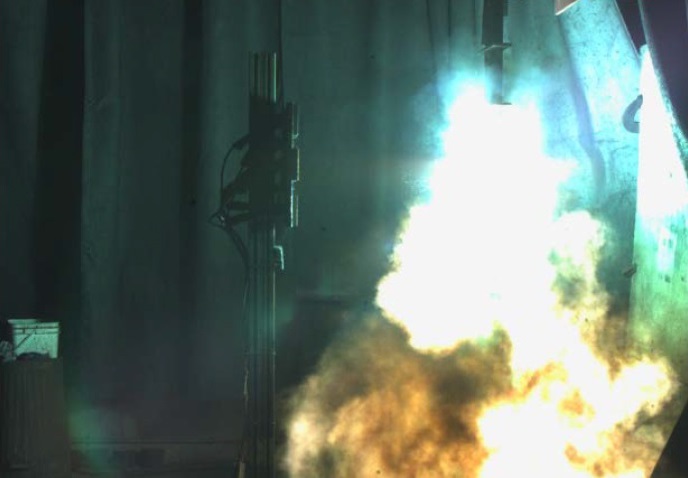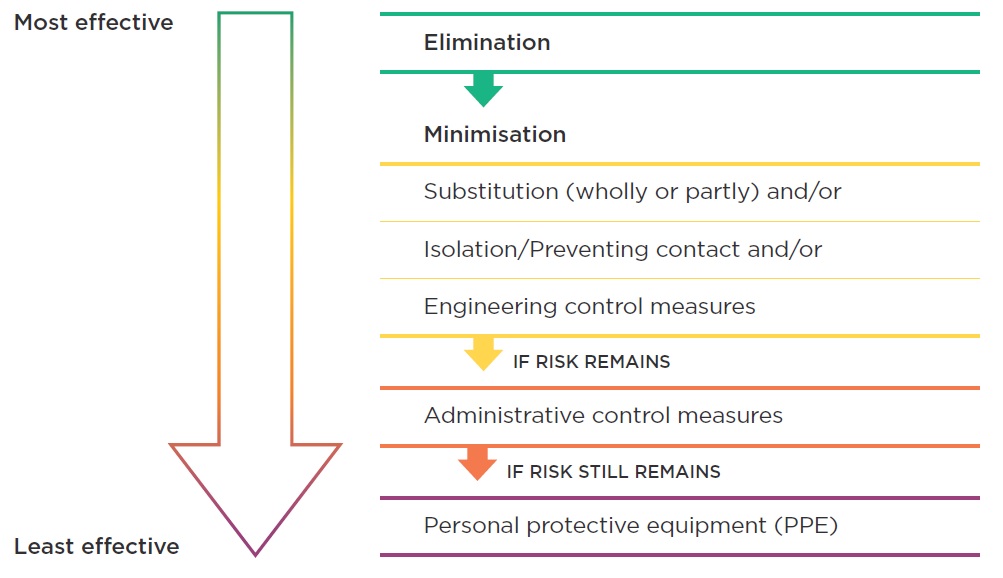Managing arc flash
With an inventory of aging electrical infrastructure within facilities, asset owners are taking a heightened risk of switchboard failure through events such as arc flash hazard. Arc flash may cause severe damage to assets and cause personnel injuries when an arc fault occurs. The Health and Safety at Work Act (HSWA) requires a PCBU (Person Conducting a Business or Undertaking) to eliminate risks to health and safety so far as is reasonably practicable. An arc flash can pose a significant risk to the health and safety to both operators and maintenance staff.
So, what is arc flash and what can be done about it?
What is an arc flash hazard?
An arc flash hazard may be present anywhere there is a potential for an electric arc to form between exposed conductors. An electric arc is a current carrying plasma that forms when the air between conductors has been ionised. This can be caused by any number of reasons e.g. a tool accidentally landing across live busbars during a maintenance procedure or a rodent making itself a short-lived home within the switchboard.
An arc flash is incredibly bright (>2,000 times that of ambient light) and can reach temperatures of up to 20,000°C, hotter than the surface of the sun. This can cause severe damage to eyesight and burns, even at a significant distance from the arc. The radiant energy of the blast is high resulting in a pressure wave which can spray molten metal and cause hearing loss.
The highest risk to personnel of an arc flash occurs when they are working near exposed conductors or operating switchgear. The risk to equipment is burn-out leading to costly outages and repairs.
What can be done about it?
Firstly, the arc flash hazard needs to be defined. This is achieved by undertaking:
a) An audit of existing switchgear. A well-constructed and maintained switchboard, designed in accordance with AS/NZS 3000, AS/NZS 61439 and AS/NZS 3439, can minimise the arc flash risk.
b) An arc flash study of your installation in accordance with NFPA 70E & IEEE 1584. The arc flash study will determine the arc flash hazard hazard level in terms of potential incident energy. This must be completed in connection with a fault and protection study.
If an arc flash hazard is identified, the ideal is for it to be eliminated. If this is not practical the PCBU must follow the hierarchy of controls to minimise the risk as far as reasonably practicable.
Figure 1: Hierarchy of control measures (source: General risk and workplace management, WorkSafe, February 2019, worksafe.govt.nz)
Practically this may mean:
a) Designing replacement switchgear/switchboards that comply with latest standards.
b) Designing remote switching systems to move personnel away from the hazard at times of high risk.
c) Designing arc flash detection systems and/or reviewing and adjusting protection settings.
d) Reviewing or creating work and switching procedures.
e) Defining arc flash boundaries and determining minimum PPE requirements.
If you would like to talk further on how Neo Consulting can assist with defining and eliminating/minimising your arc flash risk, please get in touch.
Richie Murray
General Manager – Business Development
d: +64 9 365 9734 | t: +64 9 365 9720 | m: +64 27 501 0499 | e: richie.murray@neo.co.nz





















